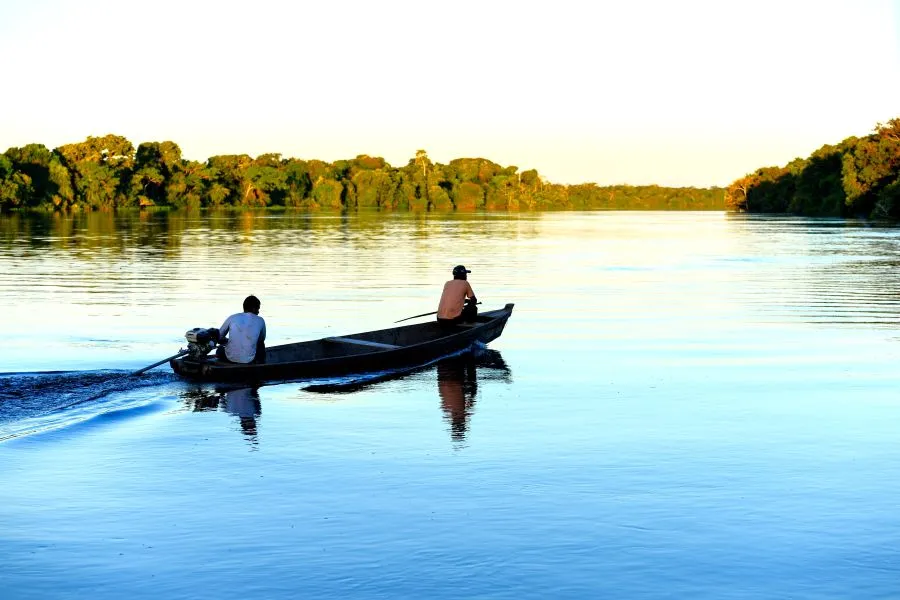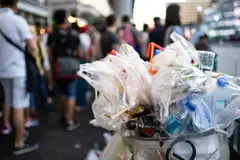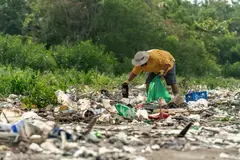Amazon pollution is “omnipresent,” scientists demand immediate regulatory interventions
Key takeaways
- Study finds plastic pollution is widespread across the Amazon, posing risks to indigenous communities and ecosystems.
- Researchers call for immediate single-use plastic regulations and improved waste management in Brazil.
- First scoping review highlights gaps in terrestrial and freshwater plastics research, urging a One Health approach.
A recent study conducted by Brazilian researchers has outlined that plastic pollution in the Amazon poses a serious health risk to indigenous communities and the flora and fauna.
The researchers call for immediate policy implementation to regulate single-use plastic pollution in Brazil, stating that while Amazonian plastics research is in its infancy, plastic pollution in the territory is not.
The study, published in Ambio, analyzed 52 scientific explorations into plastic littering and microplastics in the Amazon basin.
The authors also point to the lack of studies assessing plastic pollution’s impact on terrestrial and freshwater ecosystems, stating that much research investigates marine ecosystems.
“Parts of the Amazon, such as the margins of the Amazon biome and the tributaries of the River Amazon, have practically no research on plastics pollution in the environment and in indigenous lands,” say the authors.
One Health approach
The research is the first scoping literature review to analyze microplastic contamination in the Amazon. A scoping literature review maps out existing research on a topic, rather than providing a deep analysis.
It provides a comprehensive assessment of relevant studies from 2000 to 2025, highlighting the increasingly problematic levels of plastic pollution in the rainforest and its water systems. It also aims to set priorities for future research.
The study Indigenous food systems relying on natural waters and forests face higher, understudied microplastic exposure risks. also adopts a One-Health approach, which links human, animal, and ecosystem health.
Indigenous food systems relying on natural waters and forests face higher, understudied microplastic exposure risks. also adopts a One-Health approach, which links human, animal, and ecosystem health.
“Threats to any one pillar also threaten the others. Scientists have documented plastic litter buildup in ecosystems across the planet for over half a century,” say the researchers.
“In traditional food systems, where much of the food and drinking water is sourced from natural water bodies and forests, exposure risks remain understudied and may be significantly higher.”
The study combines research and scientific data from Brazil, Peru, Bolivia, Colombia, Ecuador, Venezuela, Guyana, French Guiana, and Suriname.
“Highly worrying” plastic pollution
The study recommends policies that reduce reliance on single-use plastics, promote a circular economy, and improve waste management.
It also stresses that plastics pollution in the Amazon is underresearched, with five co-authors responsible for over a quarter of the articles published between 2023 and 2025.
The researchers conclude: “This first systematic synthesis of the literature regarding plastic contamination in the Amazon presents a highly worrying scenario.”
“Evidenced in 52 scientific papers, plastic waste was detected from east to west of the immense Amazonian biome (twice the size of India), in terrestrial and aquatic systems, and in water, sediment, plants, and fauna.”












